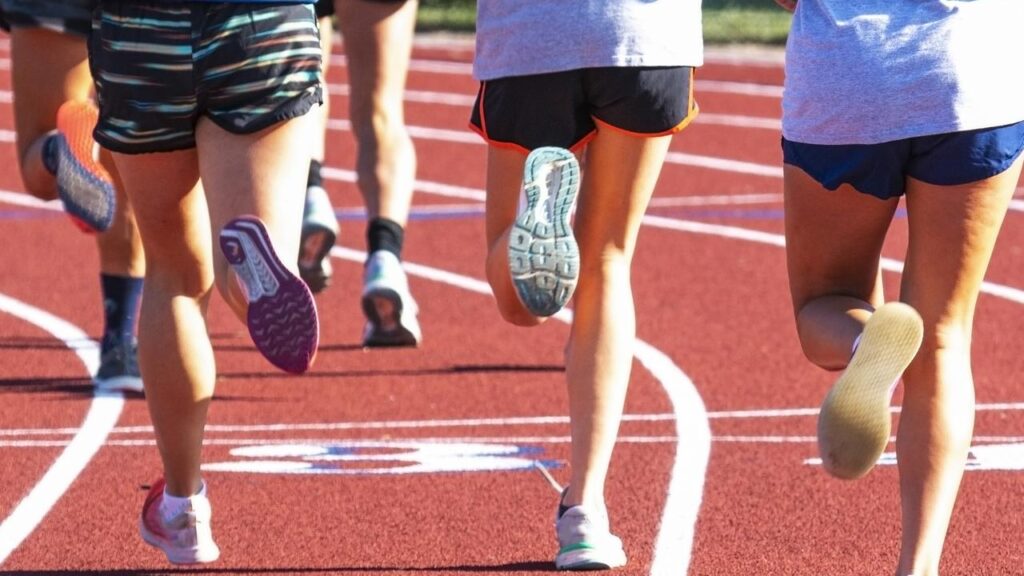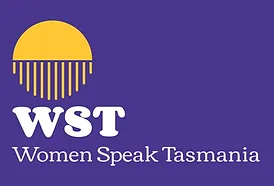
What should have been a happy, uncontroversial sports day at a Catholic school has become a flashpoint for the participation of transgender youths in girls’ sports and the right of religious schools to design their own policies.
The issue erupted after a 13-year-old student who has transitioned from male to female smashed a raft of school sporting records while taking part in a recent sports day at an unidentified R-12 Catholic school in regional South Australia.
The student broke longstanding girls’ records in the high jump, discus, several running events, and set a school javelin record of 20.58m — more than 3m longer than the previous record. The transgender girl’s performance on the day was so dominant that it became a major talking point among parents and female students who were upset about being so outclassed in all the results.
“All the parents were talking about it, even the primary-school parents,” one parent said.
“It became quite noticeable. A lot of mums and dads, it became quite apparent a lot of their daughters were losing. It was anger — I mean, for that child to be competing with girls in a Catholic school of all places.”
The Australian understands that the Catholic school in question has been fearful of being identified, and repeated attempts to seek comment from the Catholic Education Office have been fruitless.
The Catholic Education Office, responsible for all Catholic schools in the state, has said only that it is unable to comment on individual cases due to privacy considerations.
Education Minister Blair Boyer said that while the state had no control over the running of independent and religious schools, all of them had to comply with the relevant federal and state laws when it came to matters of discrimination.
The Education Department’s policy on participation in school competitive sport makes it clear that the participation of trans children and youths must also follow those laws.
“Gender-diverse children and young people in all types of sport activity should be supported to participate in all sports that align with their gender identity,” the policy states.
“Both the Commonwealth legislation, the Sexual Discrimination Act, and the state legislation, the Equal Opportunity Act, prevent discrimination on the basis of gender identity by an educational authority. Schools are educational authorities within the meaning of these acts.”
Mr. Boyer said that while religious schools were “free to run their own system,” they were also bound by state and federal law.
“They have to operate within those laws,” he said. “They can’t contravene those laws. It’s the same with the public system as well. We give independent and Catholic schools latitude to make their own decisions, but we are all bound by these laws.”
The policy has been in place since 2016 and it’s been supported by both major parties over that time.
However, there were signs this week that some in the Liberal Party believe the rules should be changed to prevent boys who transition to girls from competing against girls in competitions.
Newly elected Liberal senator Leah Blyth issued a statement demanding “immediate action” to prevent trans girls from taking part in events such as sports days against girls.
“How is this fair?” said senator-elect Blyth.
“If we are encouraging young girls to play sport and we say to them, ‘train hard, work hard’, we should be able to offer them a level playing field.
“It’s not fair for them to have to compete against boys who have a clear biological advantage over them and I’m really concerned. I’m the mother of two girls and I’m really concerned about the messaging that this sends to all girls in terms of participation. I don’t want any girls feeling like they don’t want to compete because there’s no point.”
Independent state MP Frank Pangallo, who unsuccessfully pushed last year for what would have been Australia’s first parliamentary inquiry into transgender policies, described the sports day situation as “absurd.”
“Those discrimination laws may not apply in transgender cases because they were largely drafted before the sudden and explosive rise in gender dysphoric individuals,” Mr. Pangallo said.
“I can understand the school wanting to be seen as inclusive, but seriously, what kind of message are they sending to female students who cannot compete evenly with a genetically stronger and faster student who makes a clean sweep of medals and records?”
“Whoever allowed that to happen should take a good hard look at themselves and the psychological damage they’re causing to the girls. Did they consult with the school community? I doubt it.”
“Who would want to participate against him/her or whatever next time? The school could still have been inclusive and not be in breach of discrimination laws by allowing the transgender student to compete but on the understanding they would not be credited with any records or ribbons.”
Mr. Boyer said he understood the concerns of parents and students in the case but pleaded for a sense of perspective.
“The way we approach these issues has been pretty settled and pretty peaceful, if I may use that word, across all three schooling sectors as well,” he said.
“We’ve got a lot of kids at school in SA, around 280,000, and this issue has only been brought to my attention once or twice in the three years I’ve been minister. For the large part it does work and it does mean that all kids get a chance to participate in sports at schools. I read all the comments from parents — I can see they are angry. But what I would say to those parents is I want our schools to be places where people feel welcome. I do worry about the mental health of trans students at our schools and the extremely high suicide rates. I know these are tricky situations, but as minister you worry about the mental health of kids who are in your schools.”
The rate at which youths have been transitioning in South Australia has jumped sharply in recent years, according to verified figures obtained by Mr. Pangallo to support his parliamentary inquiry push. In 2020, there were 58 children and adolescents being treated for gender dysphoria by the state’s Women’s and Children’s Health Network.
Of them, 21 females and 17 males were receiving puberty blockers and 13 females and 7 males were undergoing stage two gender-affirming hormone treatment.
Just one year later, the total number jumped to 149, with 91 females and 58 males receiving different forms of treatment. They included 35 females and 33 males receiving puberty blockers and 26 females and 13 males undergoing stage two gender affirming hormone treatment.
Source: The Australian (Newspaper transcript)
